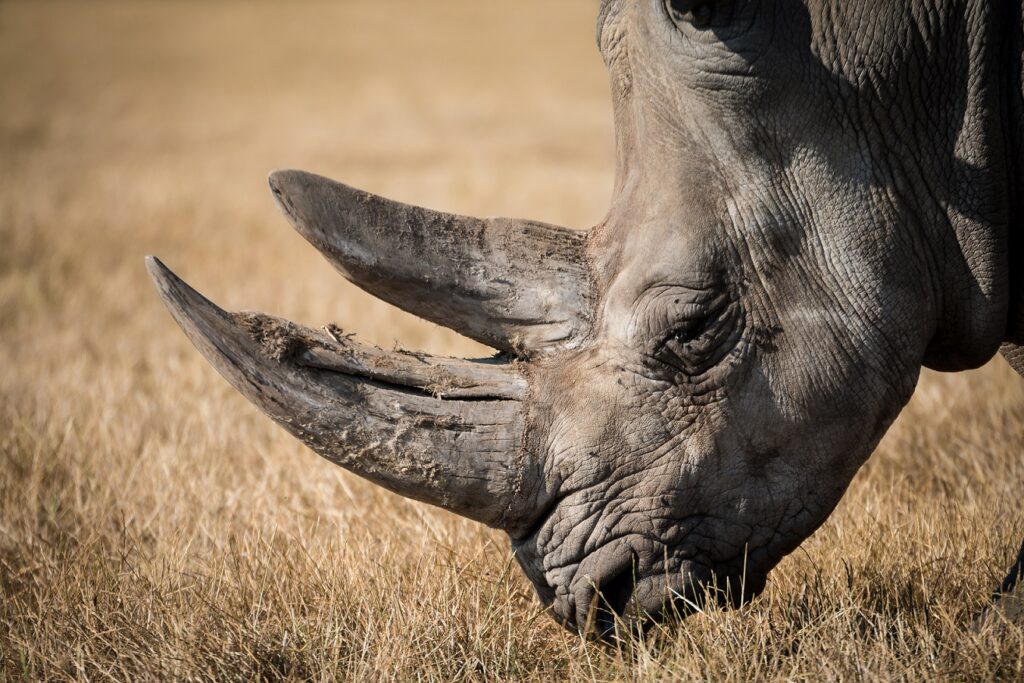All Research:
Innovation in Wildlife Management
Of Moose and Man
That there are moose in Yellowstone today tells us something about nature and our role in it.
Public Lands v. Madison Co. Commission
PUBLIC LANDS ACCESS ASSOCIATION, INC., Petitioner/Appellant, v. THE BOARD OF COUNTY COMMISSIONERS OF MADISON COUNTY, STATE OF MONTANA, AND C. TED COFFMAN, FRANK G. NELSON, and DAVID SCHULTZ, constituting members of said Commission; and ROBERT R. ZENKER, in his capacity as the County Attorney for Madison County, State of Montana, Respondents/Appellees. JAMES C. KENNEDY, Respondent-Intervenor/Appellee/CrossContinue reading “Public Lands v. Madison Co. Commission”
Stemming New Zealand’s Ocean Conflict
Rugged, enchanting, and powerful coastlines surround New Zealand. The coastlines are powerful not just in wave energy but also as sources of cultural identity, commerce, and conflict.
Cheetah Conservation
By the employment of dogs, farmers and conservationists are reducing both livestock lost to predation and cheetahs lost to predator control.
Saving African Rhinos
AUDIO: In 1900, the southern white rhinoceros was the most endangered of the five rhinoceros species. Less than 20 rhinos remained in a single reserve in South Africa. By 2010, white rhino numbers had climbed to more than 20,000, making it the most common rhino species on the planet.
CCD and the Market for Bees
Wally Thurman talks bees with John Batchelor.
Whale Fisheries, a Property Rights Alternative
On the John Batchelor Show, Gary Libecap discusses the property rights alternative to international whaling agreements. This catch-share alternative would give individuals a stake in the whale fishery, which would likely improve the stock and lead to its long-term health.
Raising Coral, Restoring Reefs
PERC Enviropreneur Institute alum Brett Howell is developing a market for coral reef restoration off Florida’s coast. If the reefs rebound and new coral grows, they will not only improve the habitat for marine animals but also improve business prospects for dive shops, fishing boats, and ocean side hotels and restaurants.
Namibia’s Twenty-year Experiment with Fisheries
Laura Huggins speaks on the John Batchelor Show about Namibia’s twenty-year experiment with an exclusive fishing zone, and how that has improved the local fisheries.






